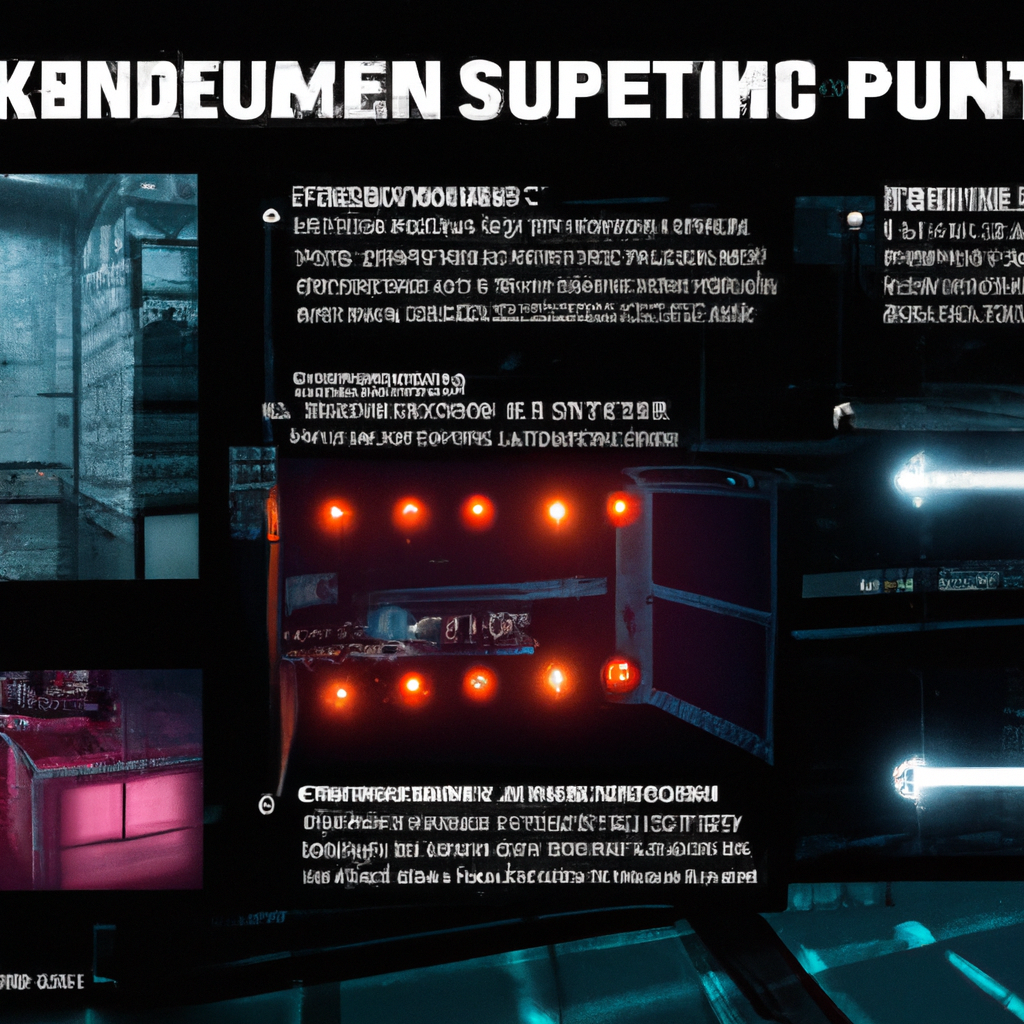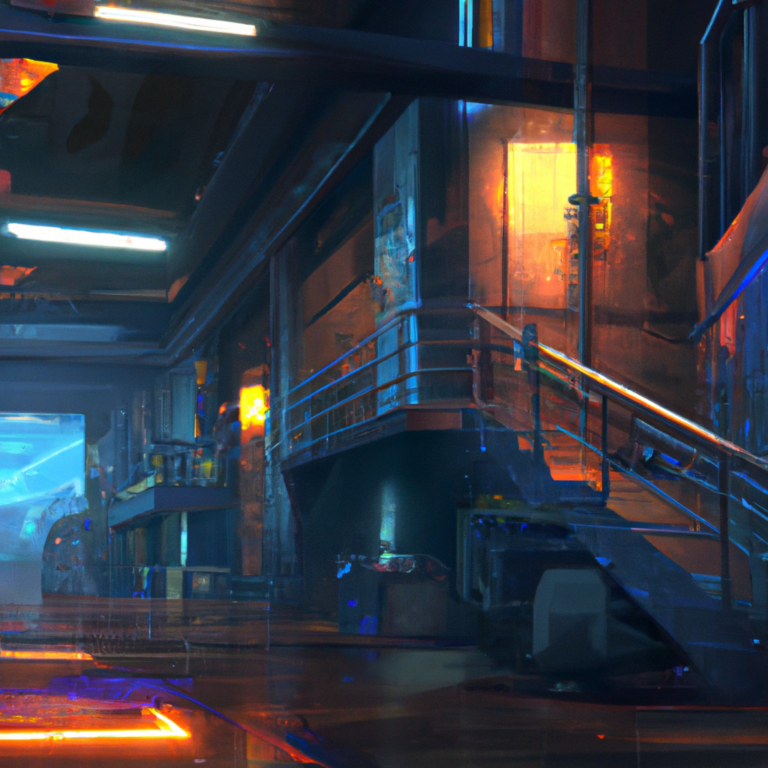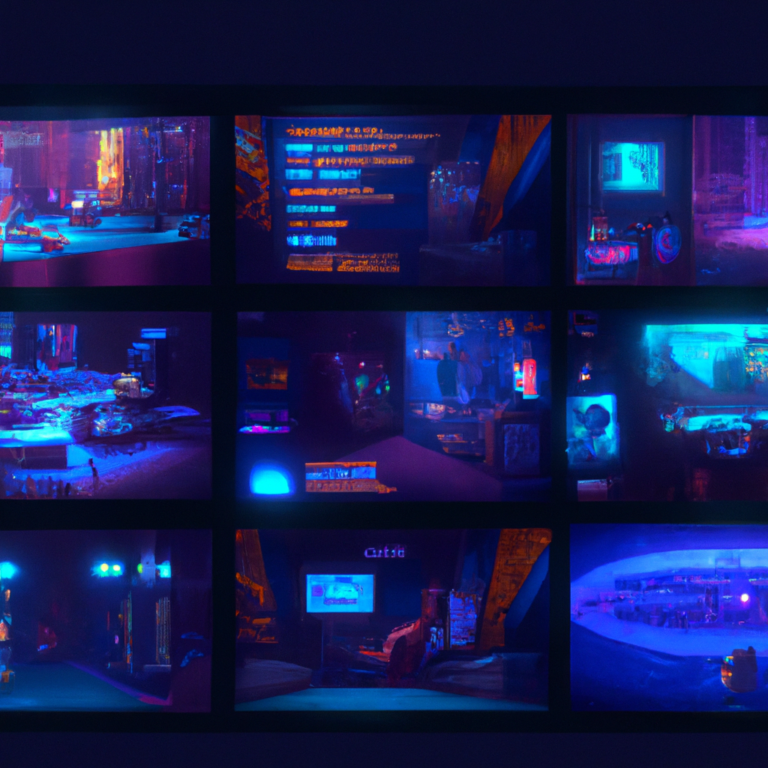“Mastering the Art of Custom Shaders in Unreal Engine: A Comprehensive Guide”
Understanding how to develop custom shaders in Unreal Engine can significantly elevate the visual appeal of your game. By creating customized shaders, you can cater to the unique aesthetic needs of your project and create a more immersive and visually stunning gaming experience.
Before we start delving into the details of shader creation, let’s first understand what shaders are. Shaders are essentially computer programs that determine how to render 3D objects onto a 2D screen, defining aspects such as color, brightness, and texture. Shaders are a critical component of game development and are used to create various visual effects.
Unreal Engine, with its highly advanced rendering system, provides an excellent platform for creating custom shaders. Its intuitive interface also enables users to create shaders without necessarily having advanced knowledge in coding.
Here’s a simple guide to creating custom shaders in Unreal Engine:
1. **Understand The Basics of Materials and Shaders**
Before diving into creating custom shaders, it’s essential to understand the basics of materials and shaders in Unreal Engine. Materials are used to define the surface appearance of 3D models. They are essentially created from shaders. Unreal Engine uses a node-based system for creating shaders, meaning you can create shaders by combining and connecting different nodes.
2. **Using Material Editor**
The Material Editor is the tool in Unreal Engine that allows you to create custom shaders. It consists of a node-based system where you can connect different nodes to create custom shaders. You can access the Material Editor by right-clicking on the content browser, selecting ‘Material,’ and then double-clicking on the new material that appears.
3. **Start with A Simple Shader**
For beginners, it’s advised to start with a simple shader before moving to more complex ones. A basic shader, such as a shader changing an object’s color, can be a good starting point. In the Material Editor, drag a ‘Vector Parameter’ node onto the grid and connect it to the ‘Base Color’ input of the material. You can change the color of the shader by changing the values of the ‘Vector Parameter’ node.
4. **Explore Different Nodes**
Unreal Engine provides a wide range of nodes that can be used to create custom shaders. Some of the commonly used nodes include ‘Texture Sample’ (for applying textures), ‘Time’ (for creating animations), and ‘Lerp’ (for blending between two values). Exploring different nodes and understanding their functions can greatly aid in creating more complex and interesting shaders.
5. **Use Material Instances**
Material instances can save a lot of time when creating shaders. They allow you to make changes to a shader without having to recompile it. Once you have created a shader, right-click on it in the content browser and select ‘Create Material Instance.’ You can then make changes to the shader through the material instance without having to recompile the shader.
6. **Test Your Shaders**
Finally, always make sure to test your shaders in the game. This will allow you to see how the shader looks in the game and make any necessary adjustments.
By following these steps, you can master the art of creating custom shaders in Unreal Engine. Remember, creating shaders is a creative process, and there is no limit to what you can achieve. So, let your imagination run wild, experiment with different nodes, and create stunning visual effects for your game.







